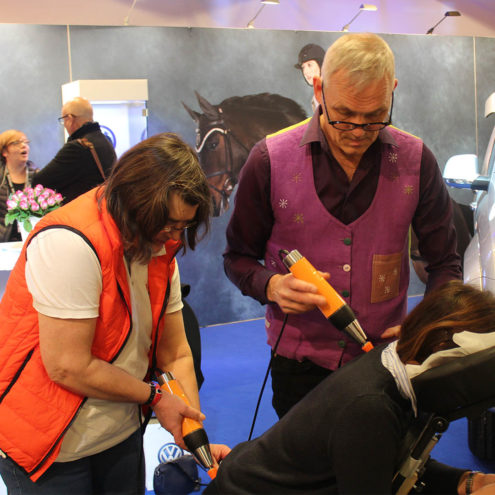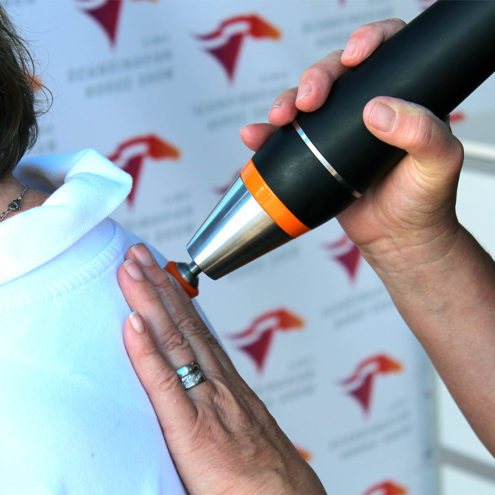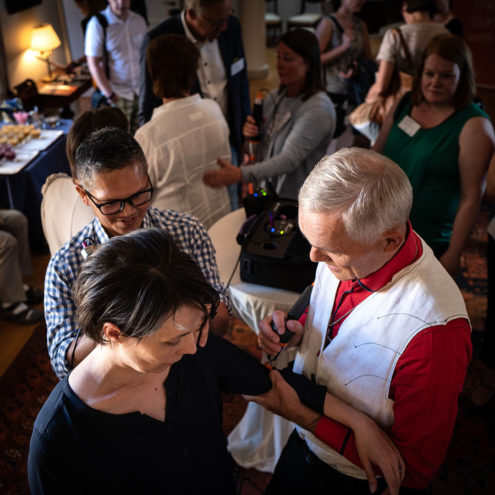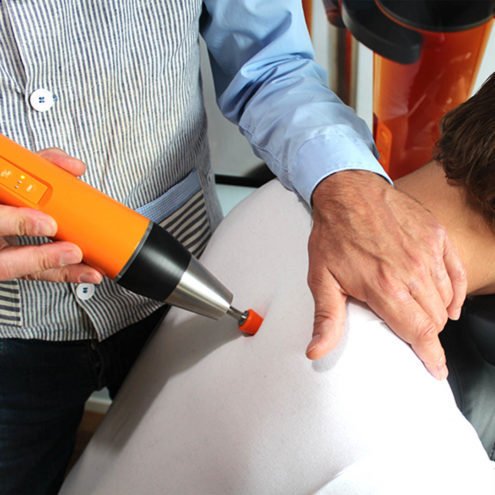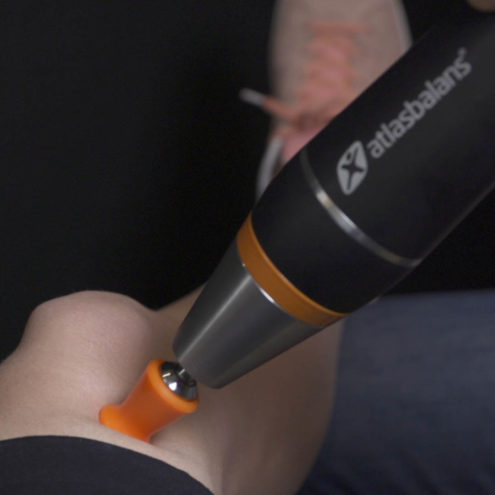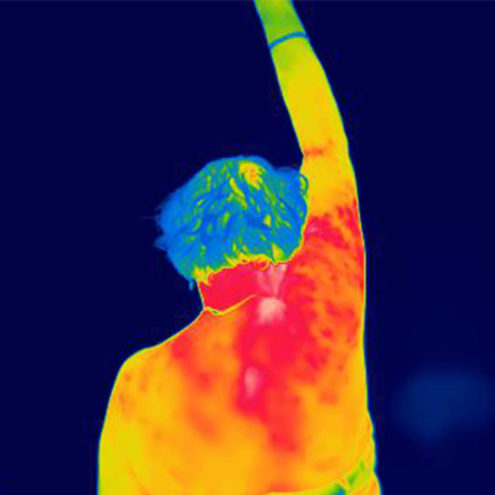Tingling and paresthesias in the body: a comprehensive guide

Tingling and paresthesias are symptoms that many people experience at some point in their lives. These sensations can range from mild irritation to severe discomfort and can be signs of several different underlying conditions. This guide will delve into what paresthesia and polyneuropathy mean, their causes, symptoms, and the best ways for treatment and management.
What is paresthesia and polyneuropathy?
Definition and general symptoms
Paresthesia refers to abnormal sensations such as tingling, numbness, crawling, or a burning sensation that most often occurs in extremities such as the arms and legs. These sensations can be temporary or long-lasting and occur without direct stimulation.
Polyneuropathy is a more widespread condition where several peripheral nerves in the body are affected. It can result in symptoms similar to those of paresthesia but often spreads more generally across the body. This can affect motor functions, pain sensitivity and other sensory functions.
Causes of tingling and paresthesia
Specific causes of paresthesia
Paresthesias can result from a variety of factors and medical conditions, from less serious ones such as a transient pinched nerve, to more serious conditions such as stroke or multiple sclerosis (MS). Additional causes can include metabolic disorders, such as diabetes or hypothyroidism, and mechanical problems such as carpal tunnel syndrome.
What causes polyneuropathy?
Polyneuropathy can result from damage to the peripheral nerves caused by a range of conditions. The most common causes include chronic diseases such as diabetes, alcohol abuse, certain types of cancer, chronic kidney failure, and a lack of essential vitamins, especially B vitamins.
Symptoms that paresthesia and polyneuropathy cause
Common symptoms
Symptoms of paresthesia and polyneuropathy can include a loss of sensation in the affected areas, a feeling of wearing a tight garment, extreme sensitivity to touch, or even pain and muscle weakness. These symptoms can significantly impair quality of life and can also affect balance, fine motor skills and gait.
How we can help you
By understanding the different causes and symptoms, FasciaClinics can offer targeted wellness treatments in the form of fascia treatments that address both the immediate symptoms and the underlying causes. Fascia treatment can be an excellent for the management of tingling and paresthesias.
At FasciaClinics, we take a holistic approach to the treatment of tingling and paresthesias. Our team of therapists use fascia therapy to relieve tension and pain. A fascia treatment focuses on dissolving tension and adhesions in the fascia and increasing its flow. Reduced pressure and increased circulation allow cell membranes to more easily absorb nutrients and release waste products. It also reduces the pressure on pain receptors. Fascia treatment can therefore reduce pain and promote healing of the area. The treatment is pleasantly relaxing and painless. It gets the whole body flowing and helps you balance your posture so that the body is evenly loaded. Tension in the back can then be effectively reduced.
When should you seek care for tingling and paresthesias?
The importance of early diagnosis and treatment
It is crucial not to ignore persistent paresthesia or symptoms of polyneuropathy. Early diagnosis and treatment can prevent the condition from worsening and help avoid long-term damage. If you experience constant or recurrent symptoms, you should contact a healthcare professional immediately.
Diagnosis and treatment of paresthesia and polyneuropathy
Diagnostic tests
Determining the cause of paresthesia and polyneuropathy usually involves a comprehensive medical investigation that may include blood tests, electromyography (EMG), electroneurography (ENeG), and MRI scans. These tests help to identify any underlying conditions that need to be treated.
Treatment options
Treatment of paresthesia and polyneuropathy varies depending on the underlying cause. It may include controlling blood sugar levels, correcting nutritional deficiencies, medication to reduce pain and discomfort, and in some cases surgery. Physiotherapy and other rehabilitation methods can also be an important part of the treatment plan to restore function and reduce symptoms.
Prevention and lifestyle changes
Tips to reduce risk and manage symptoms
A healthy lifestyle can help reduce the risk of paresthesia and polyneuropathy. This can include regular exercise, a balanced diet, avoidance of toxins such as alcohol and tobacco, and good management of chronic diseases such as diabetes. Maintaining healthy levels of nutrients is also important.
This guide is intended to provide an overview of paresthesia and polyneuropathy, but it is important to remember that each individual is unique and requires a personalized treatment plan. If you are experiencing any of the symptoms described above, please consult your doctor for a full evaluation and advice on the best treatment options for your situation.
 Search
Search








